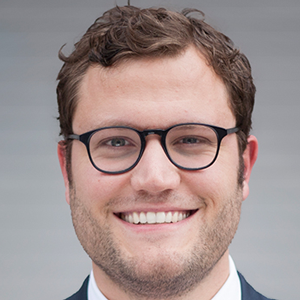Recently, Mark Zuckerberg addressed a large auditorium of young entrepreneurs in Silicon Valley. He shared lessons from his journey and his perspective on the state of the internet industry. Every seat was taken, and the 20-somethings who aspired to entrepreneurial greatness were listening with rapt attention.
According to my friend who relayed this story, there were two older folks in the front row who stood out: John Doerr and Ron Conway. They are both legendary investors in Silicon Valley.
They stood out not just because their gray hair shimmered in the sea of youth around them, but because they were the only people in the audience taking notes. Isn’t it funny, my friend told me, that arguably the two most successful people in the room after Zuckerberg were also the only two people taking notes?
As I wrote in the excerpts from the Five Elements of Effective Thinking, experts understand simple things deeply. They return to the basics, over and over again. eBay CEO John Donahoe is widely regarded as one of the premier execs in the Valley right now and I’m told is an avid note-taker to boot. He recently said on LinkedIn, “Great leaders are never too proud to learn.”
You could argue people have different approaches to capturing nuggets of wisdom and committing those nuggets to memory. Sure. But I’m skeptical of passive learning. If you don’t write down what you’re hearing and learning, what the odds you remember it? I take lots of notes in paper mole skin notebooks; every week or so I go back with a different color pen and circle the key sentences; I then transfer these ideas to Evernote files on my computer; and finally, I blog/tweet/publish/email out the crispest, most important ideas or quotes. And this is nothing compared to Tim Ferriss’s extreme “take notes like an alpha geek” system, which is worth learning about.
You might argue people like John Doerr and Ron Conway are old school. Most young folks today, you’d say, aren’t going to be using pen and paper in the first place. Fine. The actual technology/process is not as important as having a repository, and preferably having a system that reinforces retention.
I thought about this broader idea the other month when I visited the University of Washington business school the other month. I was giving the keynote talk in the afternoon, but I set my alarm clock early to catch the morning keynote from my friend Charlie Songhurst. I know from personal experiences that Charlie is unusually insightful. As he delivered his keynote to the MBAs in the audience I noticed something peculiar: almost no one was taking notes–on paper or on tablet or computer. Well, I was. A few other people were. But most weren’t. There was plenty to write down, to be sure. It was an insightful talk. What gives? My theory: The audience was mostly students. Experts — or those who have deconstructed what experts do — take notes. Novices don’t see the point.
There’s an old rule of thumb that if you have something really important you need done, ask for help from the busiest person you know. Here’s an analogous rule: if you want to identify the most senior, knowledgeable people in an audience, look for the people who are taking notes and asking questions.
While taking notes in a large auditorium in front a keynote speaker is a no brainer, note-taking in a 1:1 meeting is a bit trickier. A few years ago, I wrote about the pros and cons of taking notes in a 1:1 conversation. One risk is it can make the conversation seem more transactional than is ideal. And it can also introduce a power dynamic if only one person (and not the other) is taking notes. Still bias yourself to take notes in a 1:1, but tread a bit more cautiously.
A version of this post originally appeared on Ben Casnocha’s website.






























